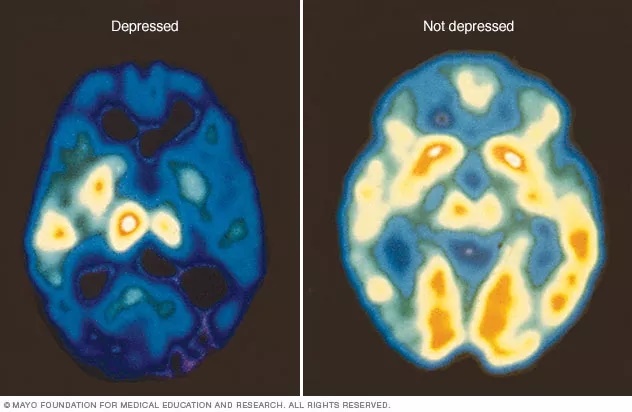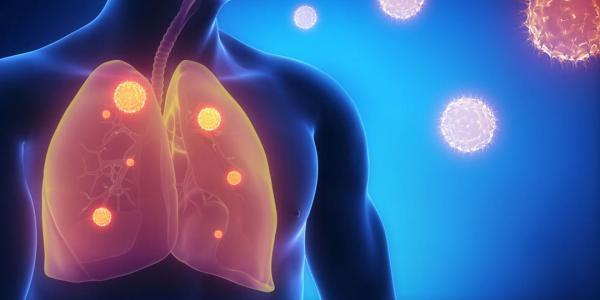Understanding CT PET Scan: Unveiling the Power of Imaging for Early Detection of Diseases
Guide or Summary:What is a CT PET Scan?How Does a CT PET Scan Work?Advantages of a CT PET ScanWhat Can a CT PET Scan Detect?How to Prepare for a CT PET Scan……
Guide or Summary:
- What is a CT PET Scan?
- How Does a CT PET Scan Work?
- Advantages of a CT PET Scan
- What Can a CT PET Scan Detect?
- How to Prepare for a CT PET Scan
- What to Expect During a CT PET Scan
- Are There Any Risks Associated with a CT PET Scan?
What is a CT PET Scan?
A CT PET scan, or Computed Tomography Positron Emission Tomography scan, is a sophisticated medical imaging technique that combines two powerful technologies: Computed Tomography (CT) and Positron Emission Tomography (PET). This dual-modality approach offers a comprehensive view of the body's tissues and organs, making it an invaluable tool for the early detection and accurate diagnosis of various diseases.
How Does a CT PET Scan Work?
The CT PET scan begins with a CT scan, which uses X-rays and computer technology to create detailed, cross-sectional images of the body. These images are then fused with PET images, which are generated by injecting a small amount of a radioactive substance called a radiotracer into the patient's bloodstream. The radiotracer travels through the body, and a PET scanner detects the radiation emitted by the tracer, creating detailed images of the body's metabolic activity.
Advantages of a CT PET Scan
One of the primary advantages of a CT PET scan is its ability to detect diseases at an early stage. Unlike traditional imaging techniques, CT PET scans can identify metabolic changes in the body, which are often the first signs of disease. This early detection is crucial for improving patient outcomes and increasing the chances of successful treatment.
Another significant advantage of CT PET scans is their high accuracy. Because they provide both anatomical and functional images of the body, CT PET scans can accurately diagnose a wide range of diseases, including cancer, heart disease, and neurological disorders.
What Can a CT PET Scan Detect?
CT PET scans can detect a wide range of diseases, including:
- Cancer: CT PET scans can identify cancerous tumors and determine whether they have spread to other parts of the body.

- Heart Disease: CT PET scans can detect coronary artery disease, which is a leading cause of heart attacks and strokes.
- Neurological Disorders: CT PET scans can identify conditions such as Alzheimer's disease, Parkinson's disease, and epilepsy.
- Infectious Diseases: CT PET scans can detect infections such as tuberculosis and HIV.
How to Prepare for a CT PET Scan
Preparing for a CT PET scan involves a few simple steps:
- Inform your doctor if you are pregnant or breastfeeding, as the radiotracer used in the scan can harm the fetus or infant.

- Avoid consuming caffeine or alcohol for several hours before the scan, as these substances can affect the results.
- Wear comfortable, loose-fitting clothing that allows easy access to the area being scanned.
- Follow any instructions provided by your doctor or the radiology department, such as fasting or avoiding certain medications.
What to Expect During a CT PET Scan
During a CT PET scan, you will be asked to lie down on a table that moves into a doughnut-shaped scanner. The scan takes approximately 30 to 60 minutes to complete, during which time you will need to remain still. A small amount of the radiotracer will be injected into a vein in your arm, and the scanner will take multiple images of your body. You may feel a warm sensation as the radiotracer is injected, but this sensation should pass quickly.
Are There Any Risks Associated with a CT PET Scan?
While CT PET scans are generally considered safe, there are some potential risks associated with the procedure. These risks include:

- Radiation Exposure: CT PET scans expose the body to a higher level of radiation than traditional X-rays. However, the amount of radiation used is carefully controlled to minimize the risk of harm.
- Allergic Reactions: Some patients may experience an allergic reaction to the radiotracer used in the scan. Symptoms may include skin rash, hives, or difficulty breathing.
- Contrast Dye Reactions: Patients with certain medical conditions, such as kidney disease, may experience an allergic reaction to the contrast dye used in the scan.
In conclusion, a CT PET scan is a powerful medical imaging technique that combines the strengths of CT and PET scans to provide a comprehensive view of the body's tissues and organs. By detecting diseases at an early stage and providing highly accurate diagnoses, CT PET scans play a crucial role in improving patient outcomes and saving lives. If you are concerned about your health or suspect that you may have a disease, a CT PET scan may be an invaluable tool in your diagnostic arsenal.